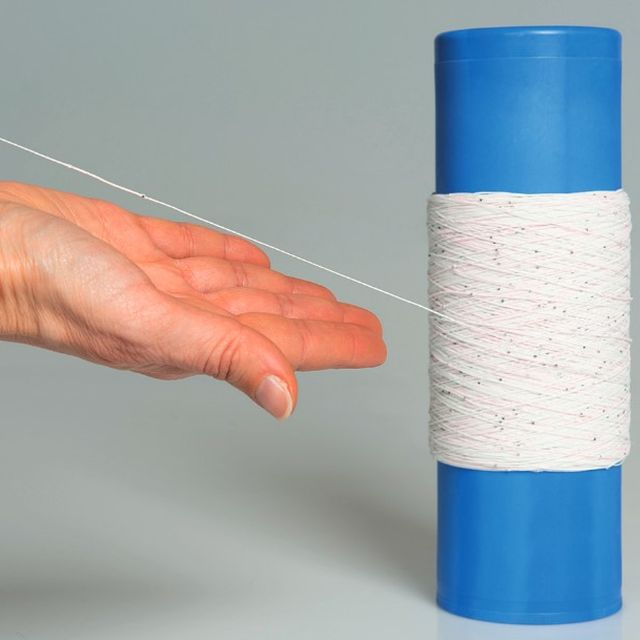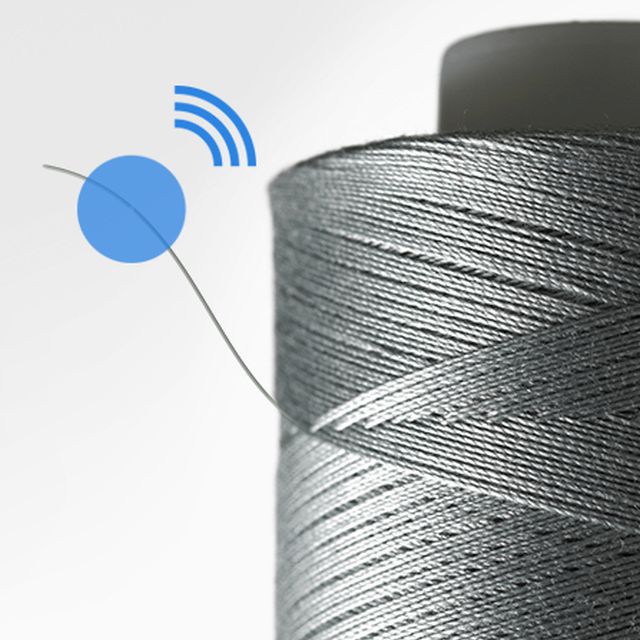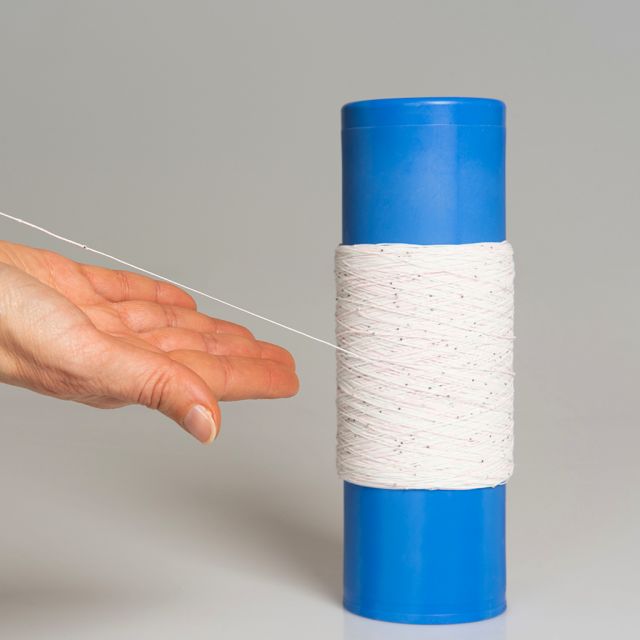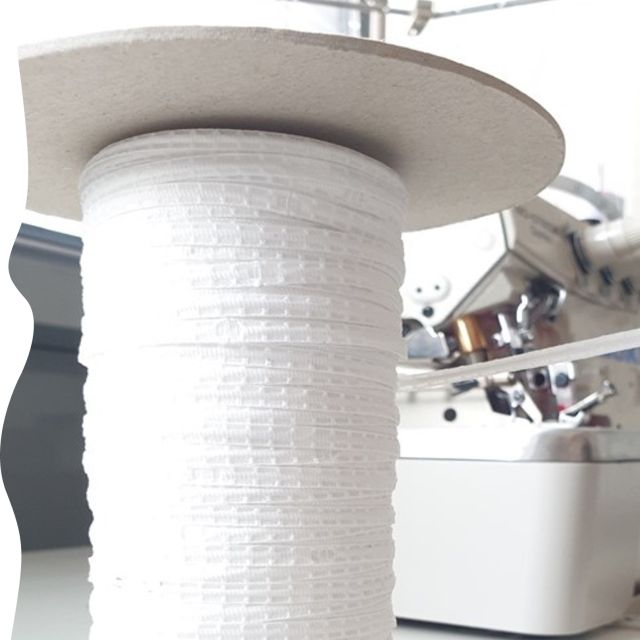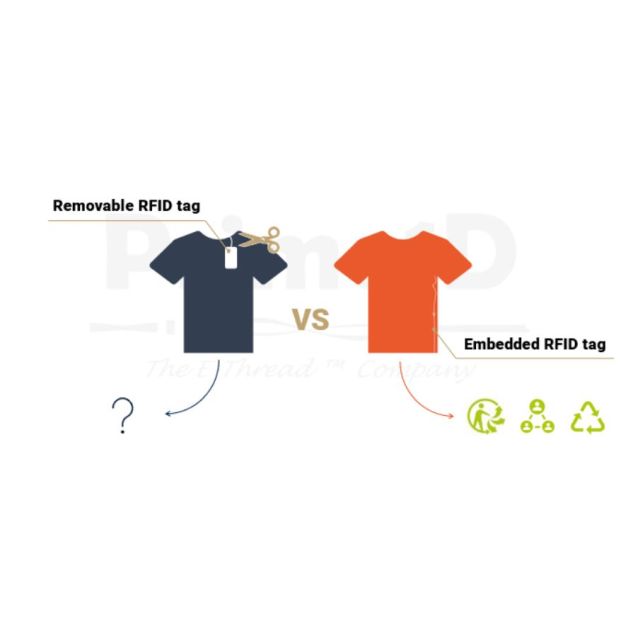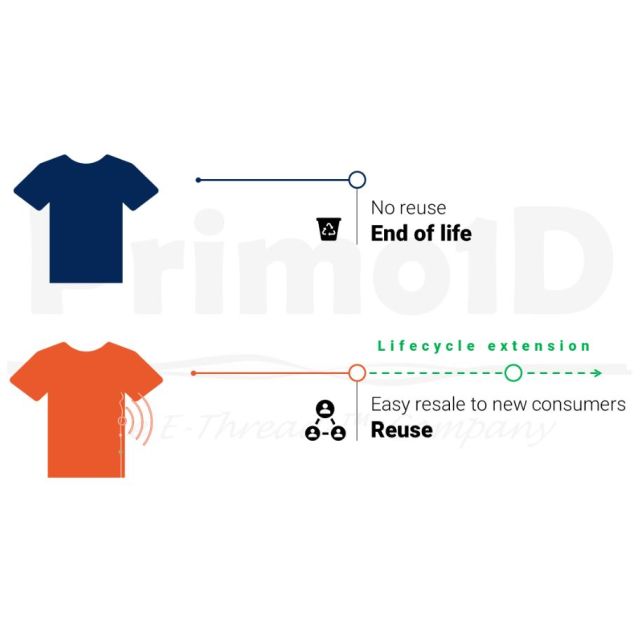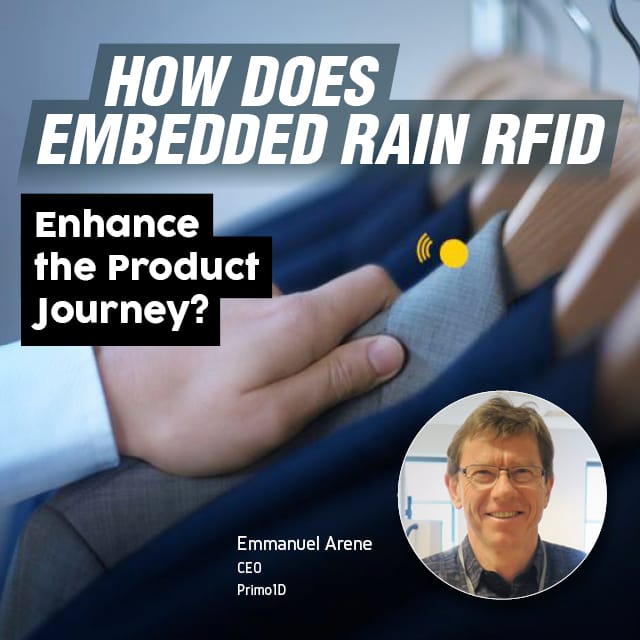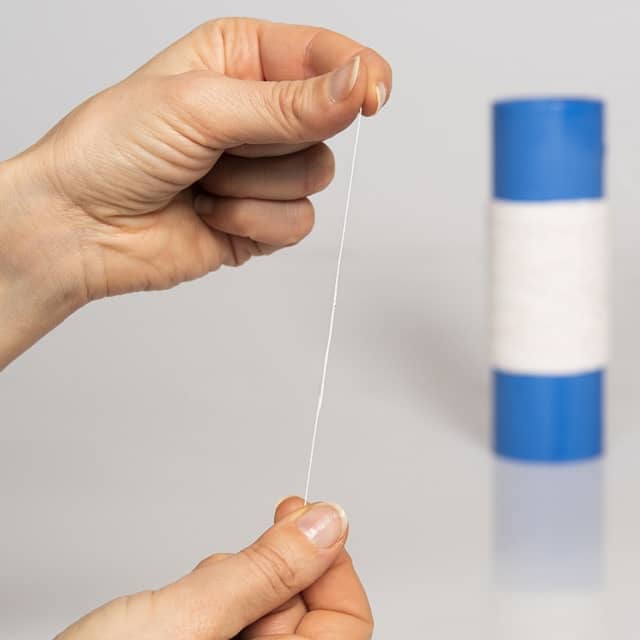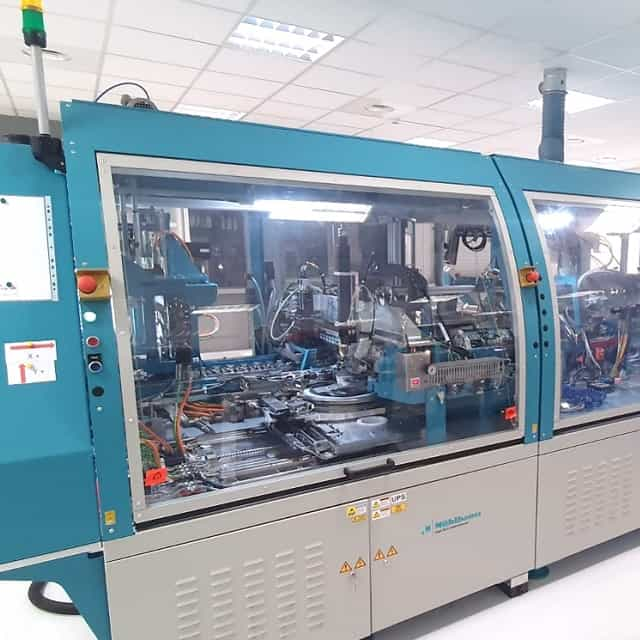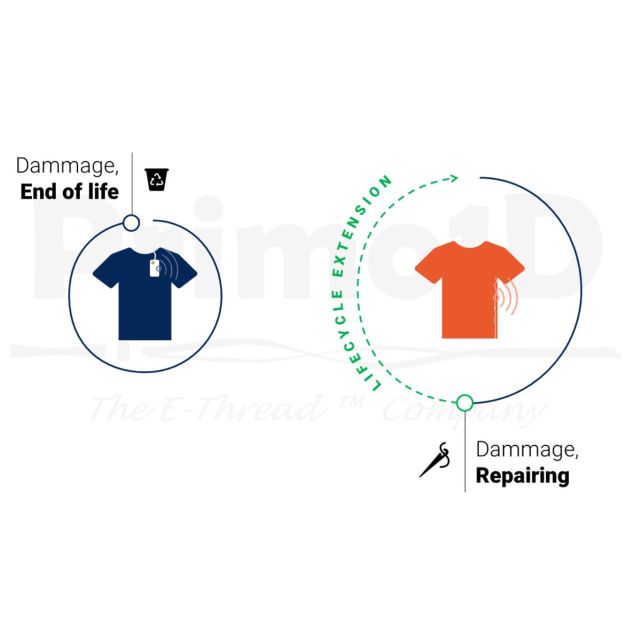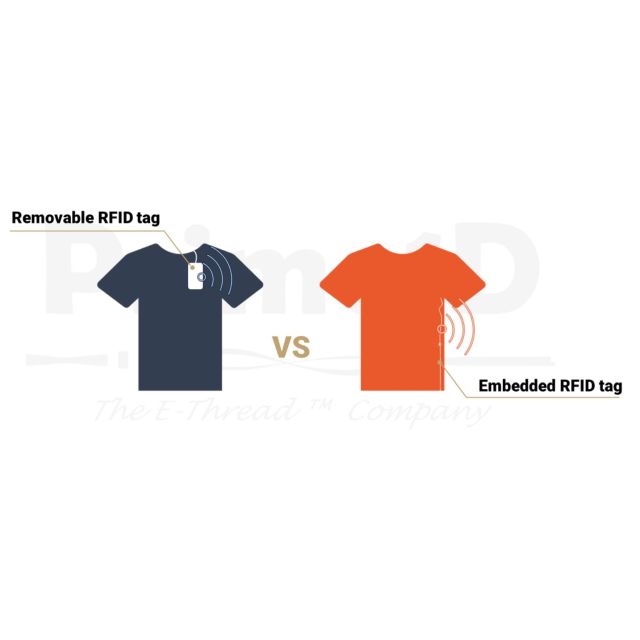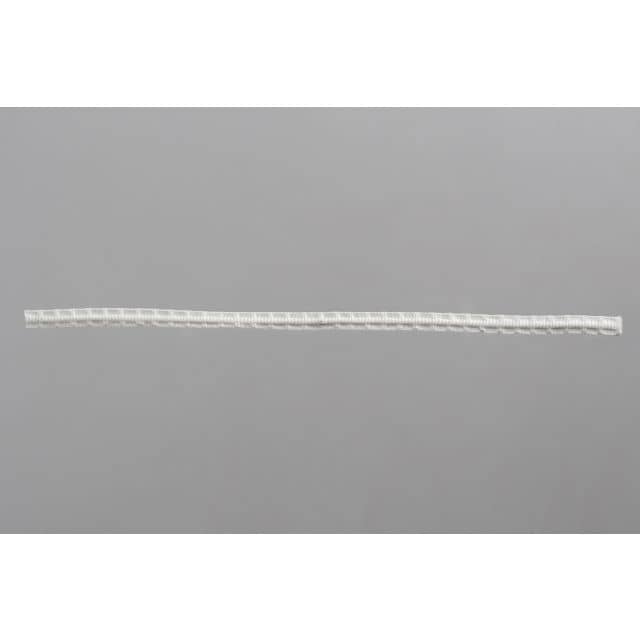Rethink, Recover, Repair, Reuse, Recycle.
These are the 5 key pillars of a strategy to support circular economy in the textile industry, the 5R strategy.
Primo1D explains how recovering assets is a mandatory step to extend garments lifecycle and to close the loop of circular economy.
Context: Regulations
In France, the pioneer AGEC law lays the foundation of goods recovering by their producer. Since January the 1st, 2022, producers and retailers must recover at least 20% of the raw material they sold, regardless of the nature of the material.
Meanwhile, Europe is setting up the Extended Producer Responsibility (EPR). It is already adopted in some member states and does not place the waste emission responsibility on consumers anymore, but on producers. The recovery of articles at the end of their life comes from this new regulation and has already proven the waste collection efficiency as well as their subsequent management.
In fact, by recovering material, producers get to face its management; this leads them towards better design and conception for end-of-life. As of 2025, textile waste recovery by producers will be mandatory in Europe.
Already Existing Practices
Numerous practices have already emerged before regulation evolution and proved themselves useful.
May it be new business models such as buying and reselling apps, or citizen’s initiatives through associations, these actions are more and more enticing to consumers.
In fact, recovering consumers garments enables them to (re)value their clothing through a supportive action and/or a financial return (direct or as vouchers).
Some well known retailers also identified the benefit of raw material recovery. By opening recovery services, they actually widen collection points and facilitate consumers efforts.
Recovery and RFID
In a scenario of garments and clothes recovery, retailers need mandatory information in order to propose a relevant management of returns. Today, this information is indicated on articles labels. Even when labels stay attached to their garments passed POS, the risk of losing this label (and thereby information) during the article’s lifecycle is very high.
By embedding RFID into garment, organizations in charge of their recovery have the insurance of tracing the entire lifecycle of the garment. Throughout recovery, embedded RFID tags can provide information in real time about their garment’s color or composition. Thus, embedded RFID connects physical articles to database information.
This reliable access to information boosts sorting processes of returned articles and optimizes their end of life decision. At last, in the case of a lifecycle extension (for instance, reselling in a secondhand corner), the article does not need to be re-labelled.



